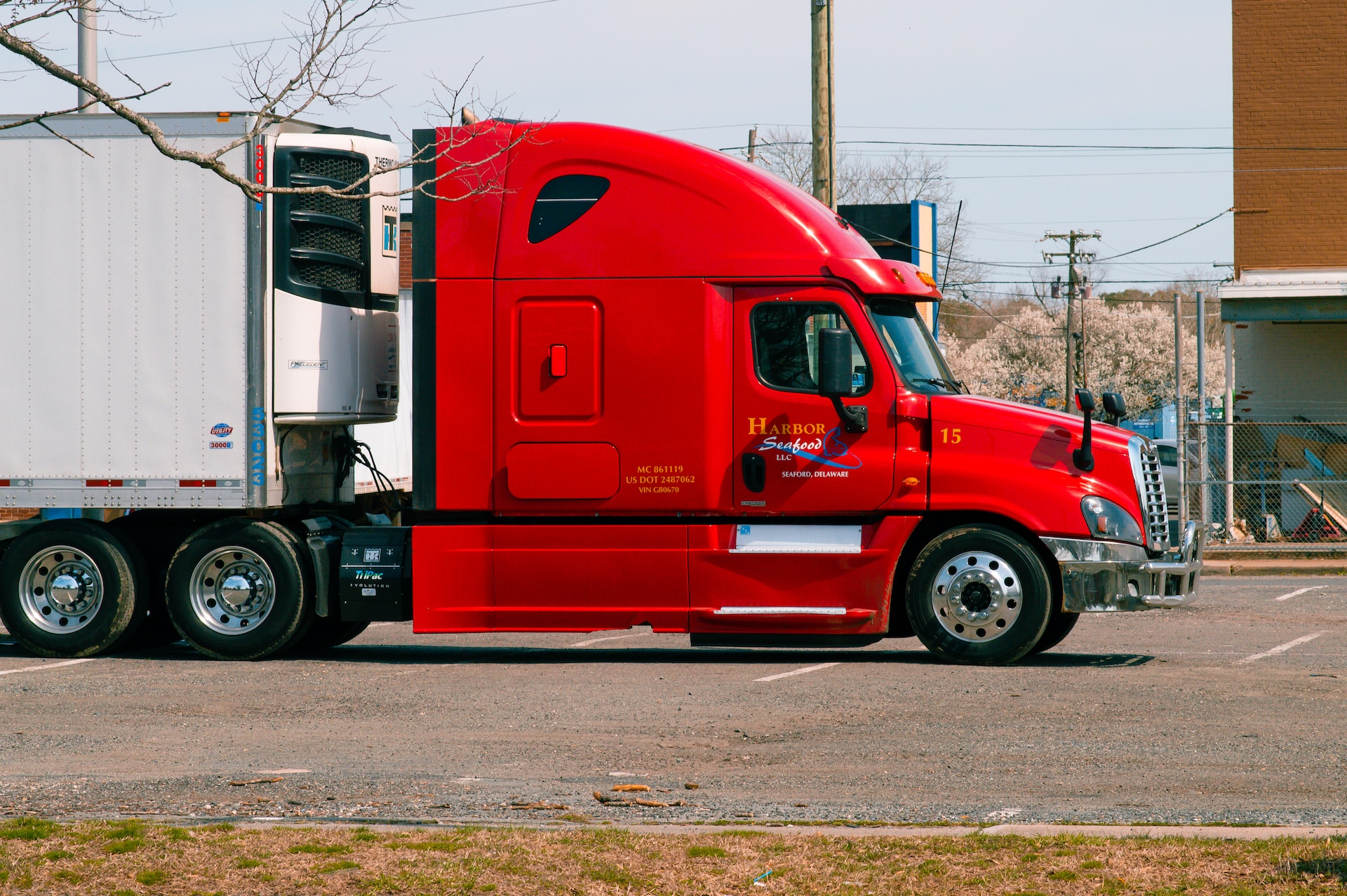Truck Caps Ram Fit Dimensions: The Ultimate Guide to a Perfect Fit
Truck Caps Ram Fit Dimensions: The Ultimate Guide to a Perfect Fit cars.truckstrend.com
For any Ram truck owner looking to enhance their vehicle’s utility, security, and aesthetic appeal, a truck cap (also known as a camper shell or tonneau cover with a raised design) is an invaluable investment. It transforms your open truck bed into a secure, weather-protected cargo area, perfect for tools, camping gear, or even an impromptu sleeping space. However, the success of this addition hinges entirely on one critical factor: Truck Caps Ram Fit Dimensions.
Choosing the right truck cap isn’t a "one-size-fits-all" endeavor, especially for Ram trucks, which come in various models, bed lengths, and body styles across different years. A perfect fit ensures optimal performance, prevents leaks, maintains vehicle aesthetics, and maximizes the cap’s lifespan. An ill-fitting cap, on the other hand, can lead to drafts, water intrusion, compromised security, and a visually unappealing mismatch. This comprehensive guide will delve into every aspect of Truck Caps Ram Fit Dimensions, providing you with the knowledge and practical advice needed to make an informed decision.
Truck Caps Ram Fit Dimensions: The Ultimate Guide to a Perfect Fit
Understanding Ram Truck Bed Dimensions: The Foundation of Fit
Before even considering a truck cap, it’s paramount to understand the specific dimensions of your Ram truck’s bed. Ram trucks, from the light-duty 1500 to the heavy-duty 2500 and 3500, offer a range of bed lengths and body configurations that directly impact cap compatibility.
- Ram 1500: Typically available with a 5’7" (short bed) or 6’4" (standard bed). Some older models or specific configurations might have an 8′ long bed, though this is less common.
- Ram 2500/3500: More frequently found with 6’4" or 8′ (long bed) configurations, catering to their work-oriented nature.
Crucially, Ram has introduced significant body style changes over the years. For instance, the "Ram 1500 Classic" (DS body style) continued production alongside the "New Generation Ram 1500" (DT body style) for several years. These two body styles, even for the same model year and bed length, have different bed dimensions, especially concerning rail height and width taper, meaning a cap designed for a DT will not fit a DS, and vice-versa. Always verify your truck’s exact model year and body style.
Beyond length, consider the bed’s overall width, particularly at the bulkhead (front) and tailgate (rear), as beds can sometimes taper. The height of the bed rails from the bed floor is also a critical measurement, dictating how the cap will sit relative to the cab.

Key Dimensions for Truck Cap Compatibility
To achieve a seamless Truck Caps Ram Fit Dimensions, several precise measurements are required. These go beyond just bed length and ensure the cap integrates perfectly with your truck’s lines and functionality.
- Bed Length (Inside): This is the most fundamental measurement. Measure from the inside of the bulkhead (the wall closest to the cab) to the inside of the closed tailgate. Be precise to the nearest 1/8th of an inch. Common Ram lengths are 5’7", 6’4", and 8′.
- Bed Width (Top of Rails): Measure the width across the top of the bed rails at three points: directly behind the cab (bulkhead), in the middle of the bed, and at the tailgate opening. This helps account for any subtle tapering of the bed.
- Bed Rail Height: Measure the vertical distance from the bottom of the truck bed (or the top of a spray-in liner, if applicable) to the very top edge of the bed rails. This is crucial for ensuring the cap’s base sits flush and level.
- Cab Height (from Bed Rail): For a cab-high cap, this is vital for aesthetic alignment. Measure the vertical distance from the top of your truck’s bed rail to the highest point of your cab’s roofline. This measurement ensures the cap’s roof matches or slightly exceeds the cab’s height.
- Tailgate Opening Dimensions: While often covered by standard cap designs, specific cap features like rear doors or power locks might require precise tailgate opening measurements to ensure clearance.
- Bulkhead Clearance: Ensure there’s sufficient space between the cap’s front and the truck’s cab to prevent rubbing during chassis flex.


Types of Truck Caps and How Dimensions Influence Choice
The type of truck cap you choose will also be heavily influenced by, and in turn, influence, the required dimensions and your truck’s specific fit.
- Cab-High Caps: These are designed to align perfectly with your Ram’s cab roofline, offering a sleek, integrated look. Achieving precise cab-height Truck Caps Ram Fit Dimensions is paramount here for aesthetics and aerodynamics. They offer good cargo protection without significantly increasing overall vehicle height.
- Mid-Rise Caps: Offering more internal volume than cab-high caps (typically 2-6 inches taller than the cab), these provide extra cargo space while maintaining reasonable aerodynamics. Their dimensions are a balance between capacity and profile.
- High-Rise/Commercial Caps: These maximize cargo capacity, often extending significantly above the cab (up to 10-20 inches). Their dimensions prioritize volume, making them ideal for contractors or heavy-duty users. They will drastically change your truck’s overall height.
- Wedge/Slanted Caps: These caps are taller at the rear than at the front, offering a unique profile and increased rear cargo room. Their dimensional requirements involve both front and rear height measurements.
- RamBox Specific Caps: If your Ram is equipped with the RamBox cargo management system, you will need a specialized cap designed to accommodate the integrated storage compartments on the bed rails. Standard caps will not fit these models, requiring specific Truck Caps Ram Fit Dimensions that account for the RamBox’s unique contours.
The Measurement Process: A Step-by-Step Guide for Accurate Truck Caps Ram Fit Dimensions
Accuracy is key when taking measurements for your truck cap. Even a small error can lead to a poor fit.
Tools Needed:
- Steel tape measure (at least 10-12 feet long)
- Pen and paper
- A straight edge (like a level or long ruler)
- A friend to help (highly recommended for accuracy)
Step-by-Step Instructions:
- Prepare Your Truck: Remove any existing bed liners, toolboxes, or accessories that might interfere with precise measurements. If you plan to reinstall a drop-in bed liner, remember it will slightly reduce internal dimensions.
- Measure Bed Length:
- Place the end of your tape measure firmly against the inside of the bulkhead (the front wall of the bed).
- Extend the tape measure straight back to the inside of the closed tailgate.
- Record the measurement to the nearest 1/8th of an inch.
- Measure Bed Width (Top of Rails):
- Measure the width across the very top of the bed rails at three points:
- Just behind the cab (bulkhead).
- Mid-way down the bed.
- At the rear, near the tailgate opening.
- Record all three measurements.
- Measure the width across the very top of the bed rails at three points:
- Measure Bed Rail Height:
- Place the end of your tape measure on the bed floor (or top of spray-in liner).
- Measure vertically up to the very top edge of the bed rail.
- Repeat this at a few points along the rail to ensure consistency.
- Measure Cab Height (for Cab-High Caps):
- Place a straight edge (like a level or long piece of wood) across the top of your bed rails, extending over the cab.
- Measure the vertical distance from the underside of the straight edge down to the highest point of your truck’s cab roof.
- Ensure your truck is on level ground for this measurement.
Tips for Accuracy:
- Measure Multiple Times: Take each measurement at least twice to ensure consistency.
- Use a Flat Surface: Ensure your tape measure is flat against the surfaces you’re measuring.
- Account for Liners: If you have a thick drop-in bed liner, consider if the cap needs to sit on top of it or if you’ll remove it for installation. Spray-in liners are usually thin enough not to significantly impact measurements.
Important Considerations Beyond Basic Dimensions
While precise Truck Caps Ram Fit Dimensions are paramount, other factors also influence your cap choice and its long-term functionality.
- RamBox Compatibility: As mentioned, RamBox-equipped trucks require specific caps. These caps have cutouts or designs that integrate seamlessly with the RamBox compartments. Do not attempt to force a standard cap onto a RamBox truck.
- Multi-Function Tailgate: Ram’s innovative Multi-Function Tailgate (split tailgate) generally does not interfere with standard cap designs, as the cap typically seals around the outside of the tailgate opening. However, it’s always wise to confirm with the cap manufacturer.
- Aftermarket Bed Rail Caps: If you have aftermarket plastic or metal bed rail caps installed, they might slightly alter your bed width and rail height measurements. Ensure your measurements account for these additions.
- Utility Tracks: Ram trucks can sometimes have Mopar or aftermarket utility tracks installed along the bed rails. These can interfere with cap clamps and require specific mounting solutions or cap designs.
- Weight Capacity: While not a dimension, consider the added weight of the cap and its contents relative to your Ram’s payload capacity, especially for heavy-duty commercial caps.
Challenges and Solutions in Achieving Perfect Truck Caps Ram Fit Dimensions
Even with meticulous planning, challenges can arise. Knowing how to address them is crucial.
- Mismatched Dimensions: If your measurements don’t perfectly align with a standard cap size, do not compromise. A slight difference can lead to leaks, poor sealing, or even damage. Consult with a reputable cap dealer; they might have options for custom fits or can advise if a particular model offers enough tolerance.
- Buying a Used Cap: While tempting due to lower cost, buying a used cap carries significant risks regarding fit. Unless you can physically test fit the cap on your exact truck model and year, or the seller can provide undeniable proof of its origin and fitment, proceed with extreme caution. Truck Caps Ram Fit Dimensions vary too much to risk it.
- Installation Issues: Even with the correct dimensions, improper installation can compromise the fit and seal. Professional installation by a certified dealer is highly recommended. They have the tools, expertise, and weather-sealing materials to ensure a watertight and secure fit.
- Warranty and Returns: Always clarify the seller’s return policy and warranty on the cap. A reputable manufacturer and dealer will stand behind their product, especially concerning fitment issues if the correct measurements were provided.
Estimated Price Guide for Ram Truck Caps
The price of a truck cap for your Ram can vary significantly based on material, features, and the manufacturer. This table provides a general estimate.
| Cap Type | Material | Estimated Price Range (USD) | Key Features/Notes |
|---|---|---|---|
| Cab-High | Fiberglass | $1,800 – $3,500 | Basic, color-matched, side windows, rear door. Most common. |
| Mid-Rise | Fiberglass | $2,000 – $4,000 | Offers more height than cab-high. Good for slightly larger items. |
| High-Rise | Fiberglass | $2,200 – $4,500 | Maximum enclosed cargo space. Can look bulky. |
| Commercial/Work | Aluminum | $1,500 – $3,000 | Durable, lightweight, often unpainted. May include side access doors, roof racks. |
| RamBox Specific | Fiberglass | $2,500 – $5,000+ | Custom-molded to accommodate RamBox. Higher cost due to specialized design. |
| Premium Features | Any (Add-on) | +$200 – $1,000+ | Carpeted interior, LED lighting, power locks, remote access, roof rack systems, pet screens. |
Note: Prices are estimates and can vary significantly based on brand, dealer, location, current promotions, and specific feature customization. Installation costs are often separate.
Frequently Asked Questions (FAQ) about Truck Caps Ram Fit Dimensions
Q1: Can I put a cap from a different brand of truck (e.g., Ford or Chevy) on my Ram?
A1: Almost never. Truck beds vary significantly between manufacturers in length, width, rail height, and unique contours. A cap designed for a Ford or Chevy will not properly fit a Ram, leading to leaks, poor sealing, and an unsightly appearance.
Q2: Will a cap from an older Ram (e.g., 2010 Ram 1500) fit a newer one (e.g., 2020 Ram 1500)?
A2: It depends heavily on the specific body style. For instance, a cap from a 2010-2018 Ram 1500 (DS Classic body style) will NOT fit a 2019+ New Generation Ram 1500 (DT body style), even if the bed length is the same, due to differences in bed rail design and height. Always verify the exact body style and year.
Q3: Do I need professional installation for my Ram truck cap?
A3: While some DIY enthusiasts might attempt it, professional installation is highly recommended. Installers ensure the cap is perfectly aligned, securely clamped, and properly sealed against water and dust, which is critical for long-term performance and preventing damage to your truck or cargo.
Q4: How do RamBox dimensions affect my cap choice?
A4: RamBox-equipped trucks require specific truck caps designed with cutouts and contours that match the RamBox storage compartments integrated into the bed rails. Standard caps will not fit these trucks. Always specify if your Ram has the RamBox feature when inquiring about caps.
Q5: What if my bed has a spray-in liner or a drop-in liner? Does it affect measurements?
A5: A thin spray-in liner typically does not significantly alter internal dimensions. However, a thick, plastic drop-in bed liner can slightly reduce the internal width and length. It’s often recommended to measure your bed with the drop-in liner removed for the most accurate dimensions, as the cap is typically designed to seal directly to the truck’s bed rails.
Conclusion
Investing in a truck cap for your Ram is a smart decision that significantly enhances your vehicle’s functionality and value. However, the success of this investment hinges on achieving the perfect Truck Caps Ram Fit Dimensions. By thoroughly understanding your truck’s specific bed measurements, identifying its body style, meticulously taking precise measurements, and considering all the factors discussed in this guide, you can ensure a seamless, secure, and aesthetically pleasing integration. Don’t compromise on fit; it’s the cornerstone of a durable, reliable, and truly beneficial truck cap. A perfectly fitted cap is not just an accessory; it’s an extension of your Ram, ready to tackle any adventure or task you throw its way.






